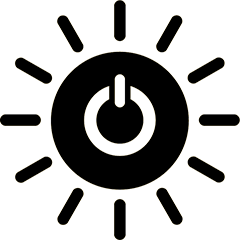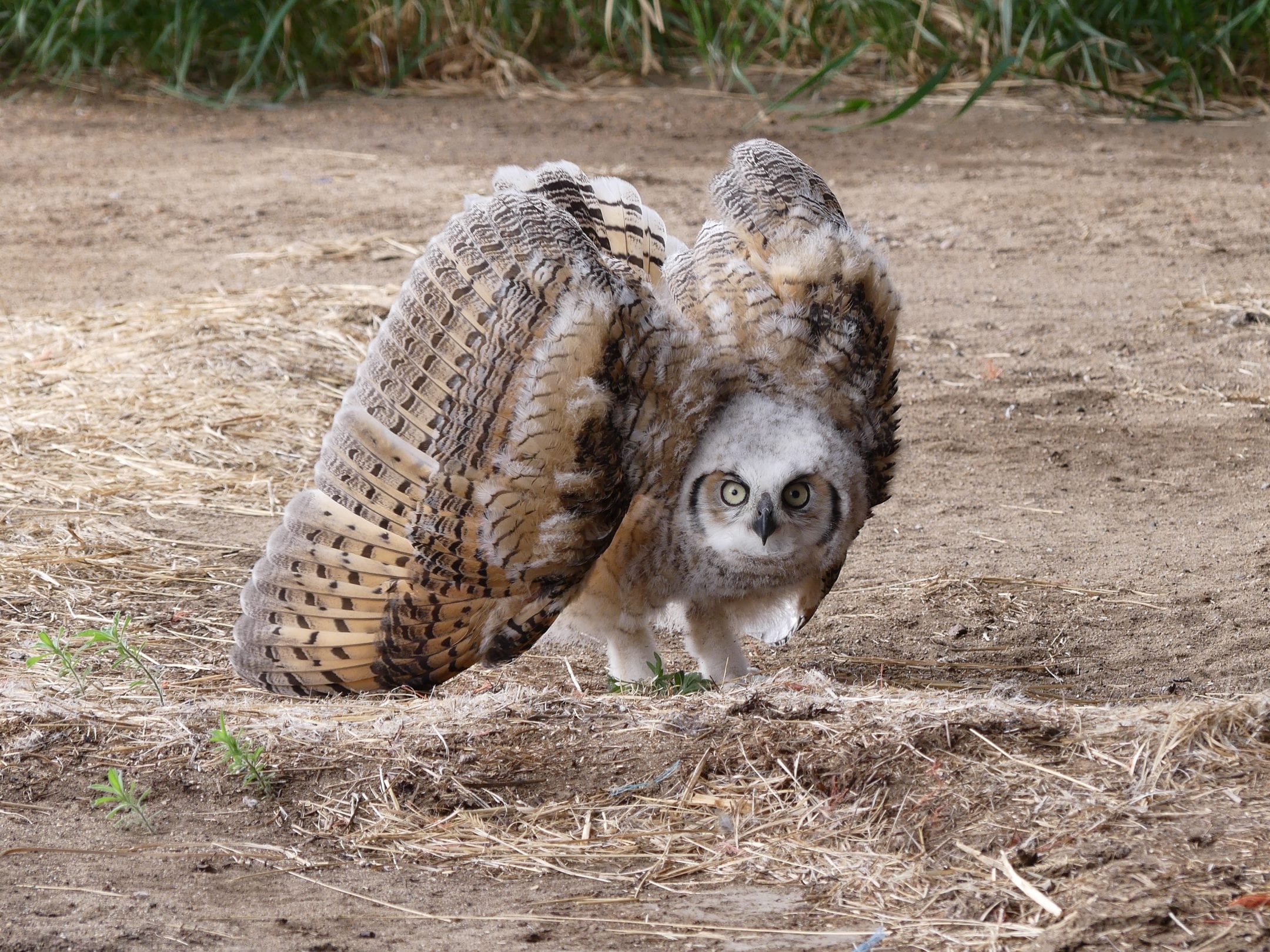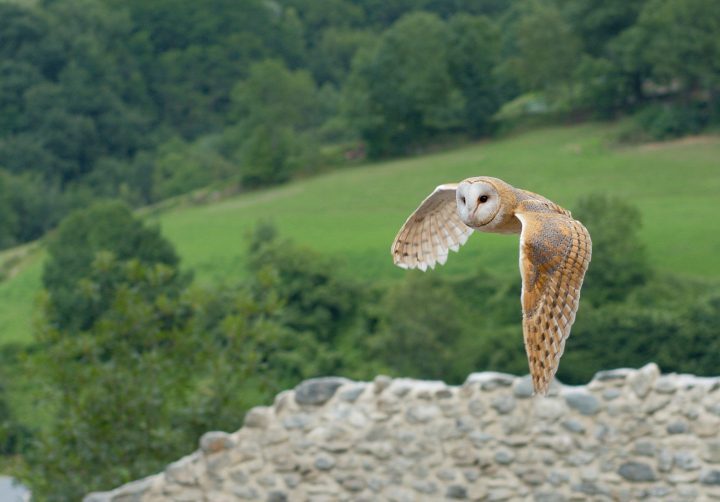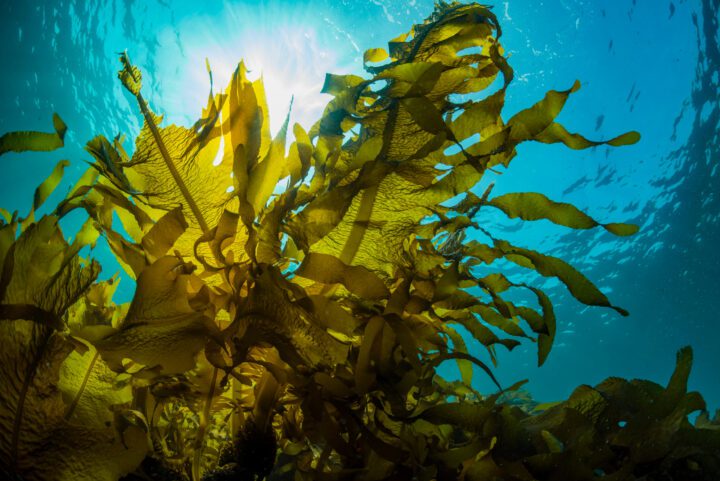DinoTail Next Generation from Siemens Gamesa has fine combs and serrated edges that help to reduce turbulence and noise while increasing power in wind turbines.
Benefits
- Reduced turbine noise
- Reduced turbulence
- Increased power
Applications
- Wind turbine blades
- Fans, airfoils, and other similar equipment
UN Sustainable Development Goals Addressed
-

Goal 7: Affordable & Clean Energy
The Challenge
When air moves, it generates sound. The more movement, the greater the sound. Onshore wind farms can create a lot of noise, but must comply with local noise regulations. As a result, many onshore wind turbines have to run at reduced power, resulting in less energy, in order to keep noise levels down.
Innovation Details
DinoTail® Next Generation is a retrofit for wind turbines applied to the trailing edge of blades. The DinoTail concept was originally introduced in 2000, and they got their name because they resembled the highly recognizable back plates of a Stegosaurus. DinoTail Next Generation was introduced in 2016 and improve on the original DinoTail design by adding finer combs in between the teeth, inspired by the flexible fringe on the edge of owl wings. The fine combs on the DinoTail generate small flow structures, further reducing noise. This results in over 10% noise reduction at all wind speeds without a loss of power. DinoTail Next Generation also has serrated edges that break up air flow, helping to reduce turbulence. Furthermore, they increase the area of a blade, which adds lift, resulting in more power.

Biological Model
Owls are able to approach their prey silently at high speed by managing turbulence. Most of the noise that’s created as an object moves through air starts at the trailing edge as air flowing above and below the object meet, which can also increase drag. Many owls have a flexible fringe on the trailing edge of their wing feathers which serves to minimize that noise-generating turbulence.





